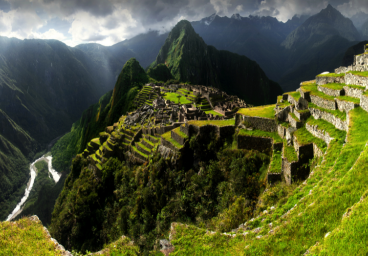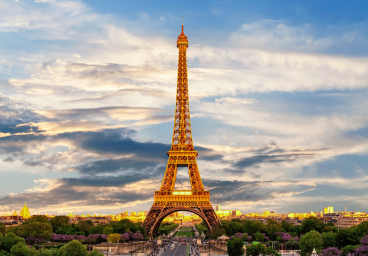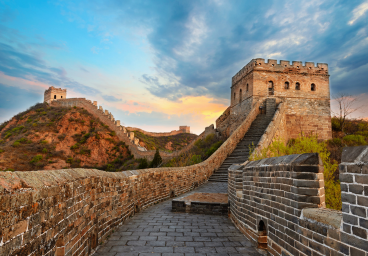Nestled high in the Andes Mountains of Peru, Machu Picchu stands as a testament to the ingenuity of ancient civilizations and the breathtaking beauty of the natural landscape. Often referred to as the “Lost City of the Incas,” Machu Picchu is a UNESCO World Heritage Site and one of the most iconic archaeological wonders in the world. This ancient citadel, shrouded in mystery and surrounded by majestic peaks, continues to captivate the imaginations of travelers seeking a glimpse into the rich history of the Inca Empire.
Historical Significance
Built-in the 15th century by the Inca emperor Pachacuti, Machu Picchu served as a royal estate and religious retreat. However, its existence remained unknown to the outside world until its rediscovery by American historian and explorer Hiram Bingham in 1911. The site’s remote location and the dense vegetation that had concealed it for centuries added to its allure, sparking a renewed interest in Inca culture and history.
Architectural Marvel
The architecture of Machu Picchu is a testament to the advanced engineering skills of the Inca civilization. The site is divided into two main areas: the agricultural sector, featuring terraced fields that once sustained the inhabitants, and the urban sector, comprising temples, plazas, and residential areas. The precision of the stone construction, the intricate terracing, and the strategic placement of structures reflect the Inca’s deep understanding of their natural environment.
Visiting Machu Picchu
Accessing Machu Picchu involves a journey through the Sacred Valley and a hike along the famous Inca Trail or a scenic train ride. Upon reaching the site, visitors are greeted by the iconic view of the citadel between Huayna Picchu and Machu Picchu Mountain. The Intihuatana stone believed to be a ritual or astronomical device, and the Temple of the Sun are among the many highlights awaiting exploration.
The Inca Trail Experience
For those seeking adventure, the Inca Trail offers a multi-day trek through stunning landscapes, cloud forests, and ancient ruins before culminating in the breathtaking arrival at Machu Picchu. The journey not only provides a physical challenge but also offers a deep connection to the history and spirituality of the region.
Cultural Significance
Machu Picchu is not merely a collection of ruins; it is a living testament to the spiritual beliefs of the Inca people. The site is aligned with astronomical events, and various structures are thought to have served ceremonial or religious purposes. The agricultural terraces, strategically constructed to maximize sunlight and minimize erosion, demonstrate the Inca’s profound connection to the land.
Preservation Efforts
Given its global significance, Machu Picchu faces conservation and sustainable tourism challenges. Preservation efforts include visitor limits, strict regulations on trekking routes, and ongoing archaeological research to deepen our understanding of this ancient marvel. These initiatives aim to protect the site’s integrity while allowing future generations to experience its wonders.
Panoramic Views and Huayna Picchu
For those seeking an elevated perspective, a hike to the summit of Huayna Picchu offers panoramic views of Machu Picchu and the surrounding landscape. This challenging ascent rewards intrepid travelers with an awe-inspiring vantage point, providing a profound appreciation for the architectural genius behind this mountaintop citadel.
Conclusion
Machu Picchu stands as a bridge between the ancient and the modern, inviting visitors to step back in time and marvel at the achievements of the Inca civilization. Surrounded by mist-shrouded peaks and lush greenery, this enigmatic citadel continues to be a source of wonder, inspiring all who pilgrimage to its sacred grounds. In Machu Picchu, the past whispers through the stones, inviting us to explore, reflect, and connect with the extraordinary legacy of the Inca Empire.



